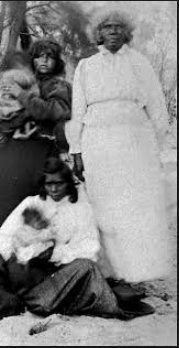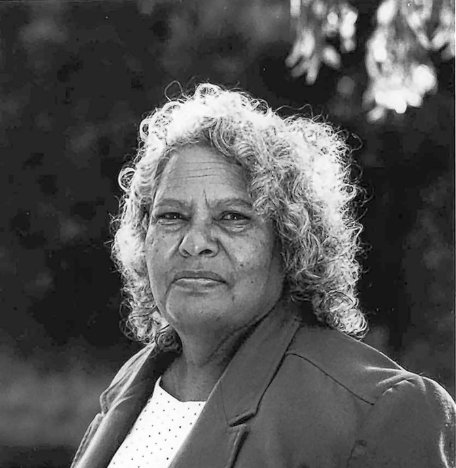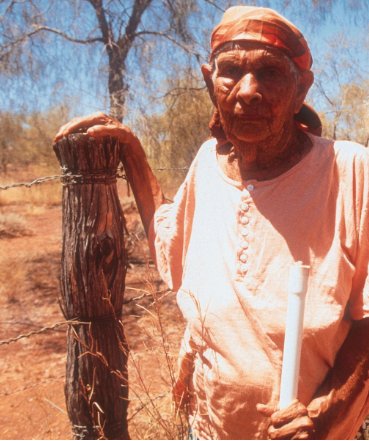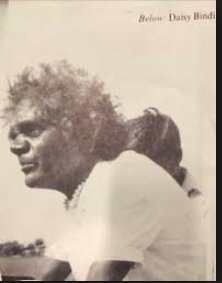Another Aboriginal resistance fighter Australians need to know about is Fanny Balbuk Yooreel (1840 - 1907). She was a fierce land rights activist and Noongar woman. abc.net.au/news/2017-05-1… … #BecauseOfHerWeCan Photo: Fanny (right) with family members at the zoo. Circa 1885-1902 

Fanny Balbuk Yooreel resisted the occupation of her Country (now known as Perth) and fought for rights for land, community and family. abc.net.au/news/2017-05-1…
Her vision and resistance at the end of the 19th Century formed the foundation of the land rights movement in Perth; leading to the successful native title claim at the beginning of the 21st Century. A massive legacy. nma.gov.au/exhibitions/fi…
The tireless efforts of strong Aboriginal & Torres Strait Islander women carries through many generations. #BecauseOfHerWeCan stand on the shoulders of ancestors.
You can hear Whadjuk Elders speak about Fanny Balbuk Yooreel here > nationaltrust.org.au/initiatives/fa…
You can hear Whadjuk Elders speak about Fanny Balbuk Yooreel here > nationaltrust.org.au/initiatives/fa…
• • •
Missing some Tweet in this thread? You can try to
force a refresh








